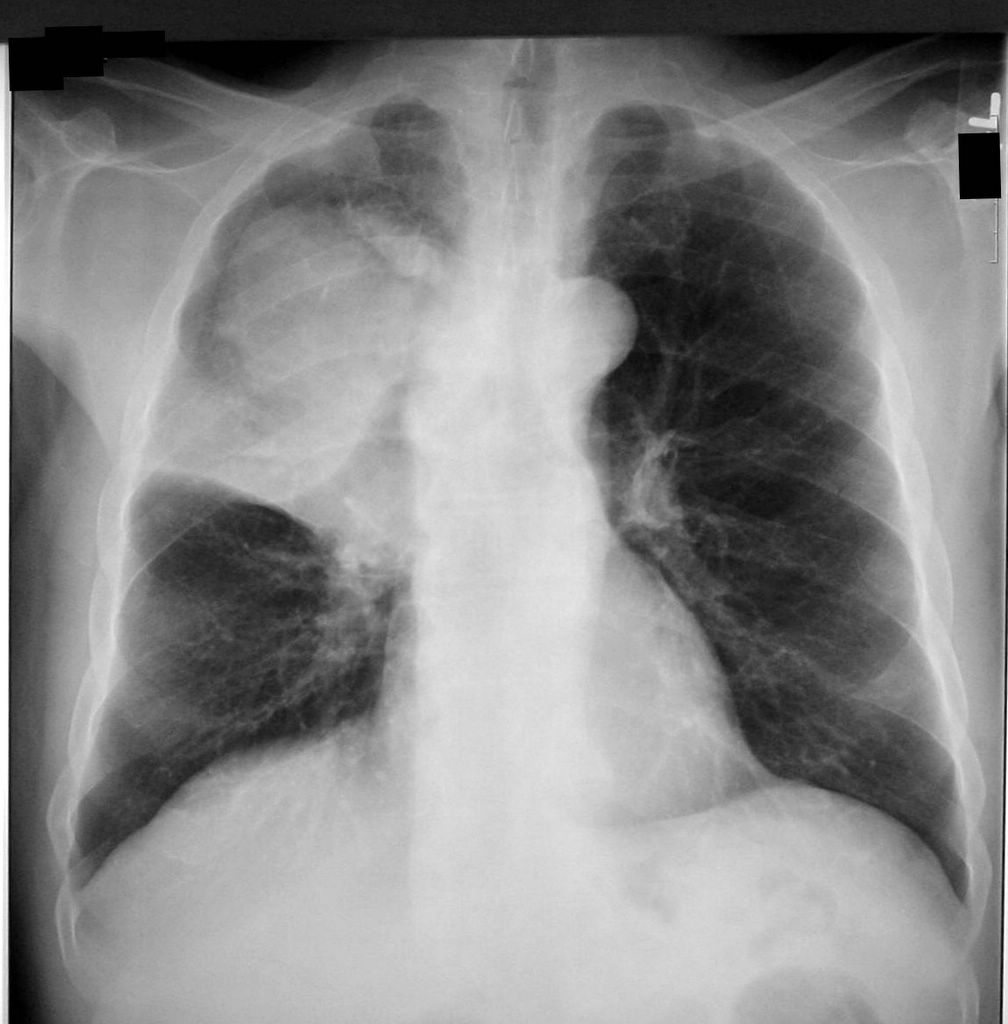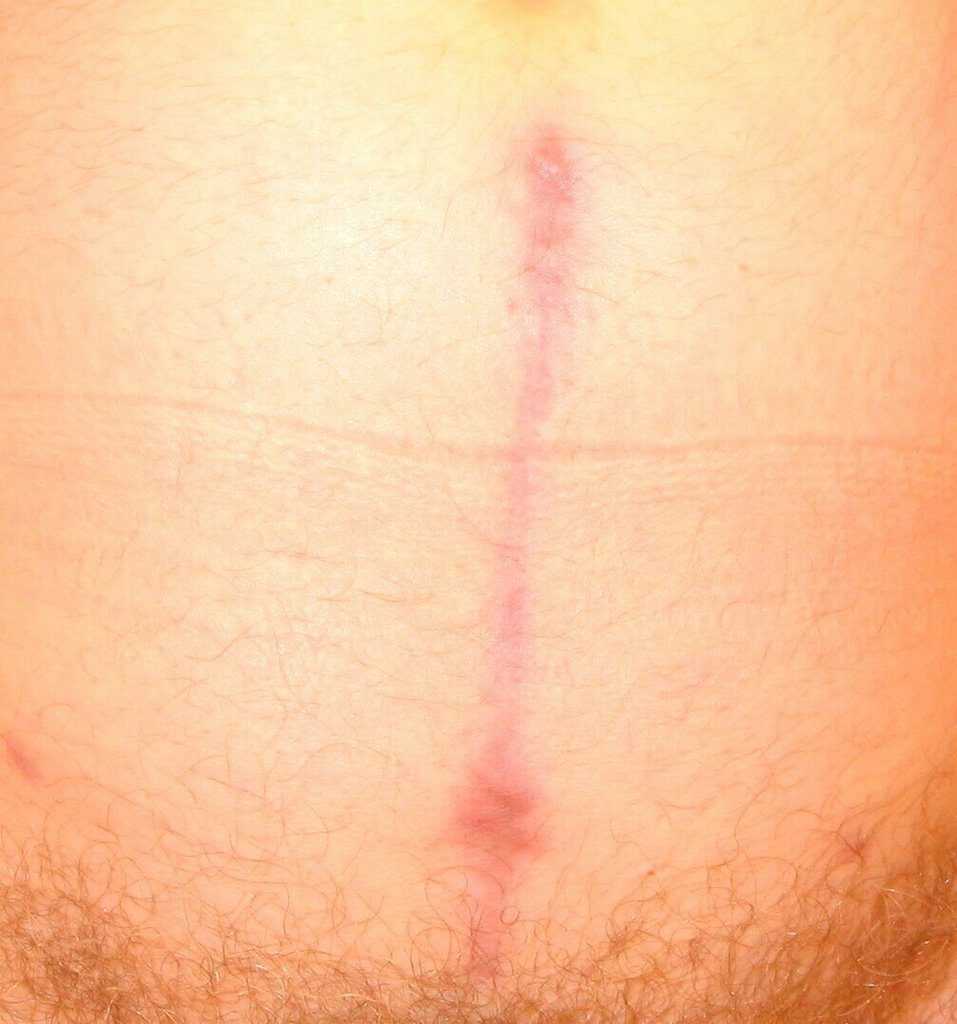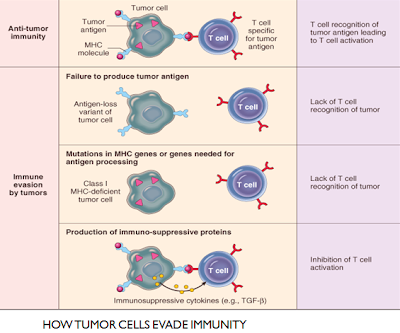Small Cell Cancer Biography
Source(google.com.pk)
The terms "small cell" and "large cell" are merely descriptive terms for the appearance of the cancer cells under the microscope. In addition to determining the appearance of the cells, your doctor will also perform tests to determine the size of the cancerous area, how abnormal the cells are, and whether the cancer has spread to lymph nodes or other sites. While each of these factors is important, classifying a cancer based on its microscopic appearance helps your doctor determine:
The likely course or outcome (prognosis) of the cancer
The most effective treatment for a specific cancer
Common terms used to describe the appearance of cancer cells include:
Clear cell. The inside of the cell appears clear. Examples include some kidney, ovarian and uterine cancers.
Spindle cell. The cell is narrower at both ends than at the center. Examples include some breast, gastrointestinal, muscle or other soft tissue, and skin cancers.
Large cell. The cell is larger than are normal cells. An example is lung cancer affecting the bronchioles.
Small cell. The cell is smaller than are normal cells. An example is small cell lung cancer, an aggressive cancer that usually spreads to other parts of your body (metastasizes).
Squamous cell. The cell is flat in appearance. Examples include skin cancer or any other type of cancer that starts in the lining of some organs, such as a bronchus of a lung.
Adenocarcinoma. The cell is gland-like in appearance. Examples include some lung, gastric and endometrial cancers.
Other factors that help classify a cancer include:
Area of the body in which the cancer originated, such as the liver or breast. Cancers from certain organs may have a similar appearance. For example, the most common type of kidney cancer is classified as clear cell. On the other hand, breast cancer rarely has a clear cell appearance. So clear cells on a breast biopsy may indicate that the cancer didn't originate in the breast but spread there (metastasized) from another area of the body, such as a kidney.
Type of tissue from which the cancer evolved, including carcinomas and sarcomas. Carcinoma is a cancer that begins in the skin or in tissues that line or cover internal organs. Sarcoma is a cancer of the bone, cartilage, fat, muscle, blood vessels, or other connective or supportive tissue.
Small Cell Cancer Sign Ribbon cells Horoscope Symbol Tattoos Research Zodiac Sign Ribbon Tattoos
Small Cell Cancer Sign Ribbon cells Horoscope Symbol Tattoos Research Zodiac Sign Ribbon Tattoos |
Small Cell Cancer Sign Ribbon cells Horoscope Symbol Tattoos Research Zodiac Sign Ribbon Tattoos |
 |
Small Cell Cancer Sign Ribbon cells Horoscope Symbol Tattoos Research Zodiac Sign Ribbon Tattoos |
Small Cell Cancer Sign Ribbon cells Horoscope Symbol Tattoos Research Zodiac Sign Ribbon Tattoos |
 |
Small Cell Cancer Sign Ribbon cells Horoscope Symbol Tattoos Research Zodiac Sign Ribbon Tattoos |
 |
Small Cell Cancer Sign Ribbon cells Horoscope Symbol Tattoos Research Zodiac Sign Ribbon Tattoos |
 |
Small Cell Cancer Sign Ribbon cells Horoscope Symbol Tattoos Research Zodiac Sign Ribbon Tattoos |
 |
Small Cell Cancer Sign Ribbon cells Horoscope Symbol Tattoos Research Zodiac Sign Ribbon Tattoos |
 |
Small Cell Cancer Sign Ribbon cells Horoscope Symbol Tattoos Research Zodiac Sign Ribbon Tattoos |
 |
Small Cell Cancer Sign Ribbon cells Horoscope Symbol Tattoos Research Zodiac Sign Ribbon Tattoos |